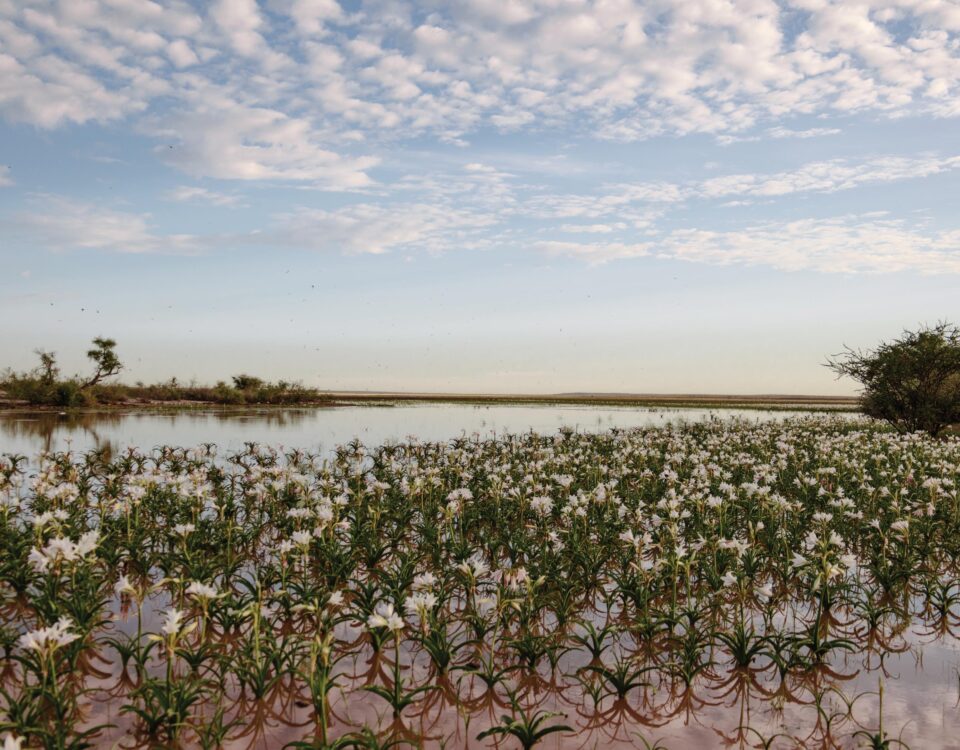The status of Namibia’s Harmann’s Zebra
June 21, 2012A burning issue
June 21, 2012By Barbara Curtis
Most people who come to Africa want to see “The Big Five” – the five African mammals considered by hunters to be the most dangerous to hunt. While it is great to watch these and other animals, the country’s equally interesting plant life is often overlooked. Namibia may not be especially well known for its timber, but it does have some very beautiful and fascinating trees. In order to draw the attention of both inhabitants and visitors to our wonderful trees, a poster was created, depicting five of the best-known species.
The choice was not easy. Namibia has few really tall trees and those that do occur in the north east are not typically Namibian. The criterion of “dangerousness” used to select the “Big Five” mammals cannot be applied to trees – most trees are friendly! Thus the attributes taken into account included girth, unusualness, emotional appeal, economic value and how well known these trees are, as well as trying to have a representative from each part of the country.
The first choice was the baobab, Adansonia digitata. Although not the tallest, it certainly is the biggest in terms of girth, and the most conspicuous, with many myths and legends associated with it. Possibly the best known and most loved of all Namibian trees is the camel thorn, Acacia erioloba, which has the widest distribution in Namibia. The mbungu bungu or African star-chestnut, Sterculia africana, is a conspicuous, deciduous tree that grows on the rocky hills of central and north-western Namibia and is typified by its thick, often contorted stems in purple or white. Kiaat or wild teak, Pterocarpus angolensis, is a well-known and striking timber tree of north-eastern Namibia, Bots-wana and Zimbabwe, with very beautiful wood that has been exploited extensively for furniture and woodcarvings. And finally, the south is represented by the quiver tree or kokerboom, Aloe dichotoma, a botanically interesting tree because it is a monocot – a group of plants that are normally small and lacking in woody tissue.
This article appeared in the 2003/4 edition of Conservation and the Environment in Namibia.

